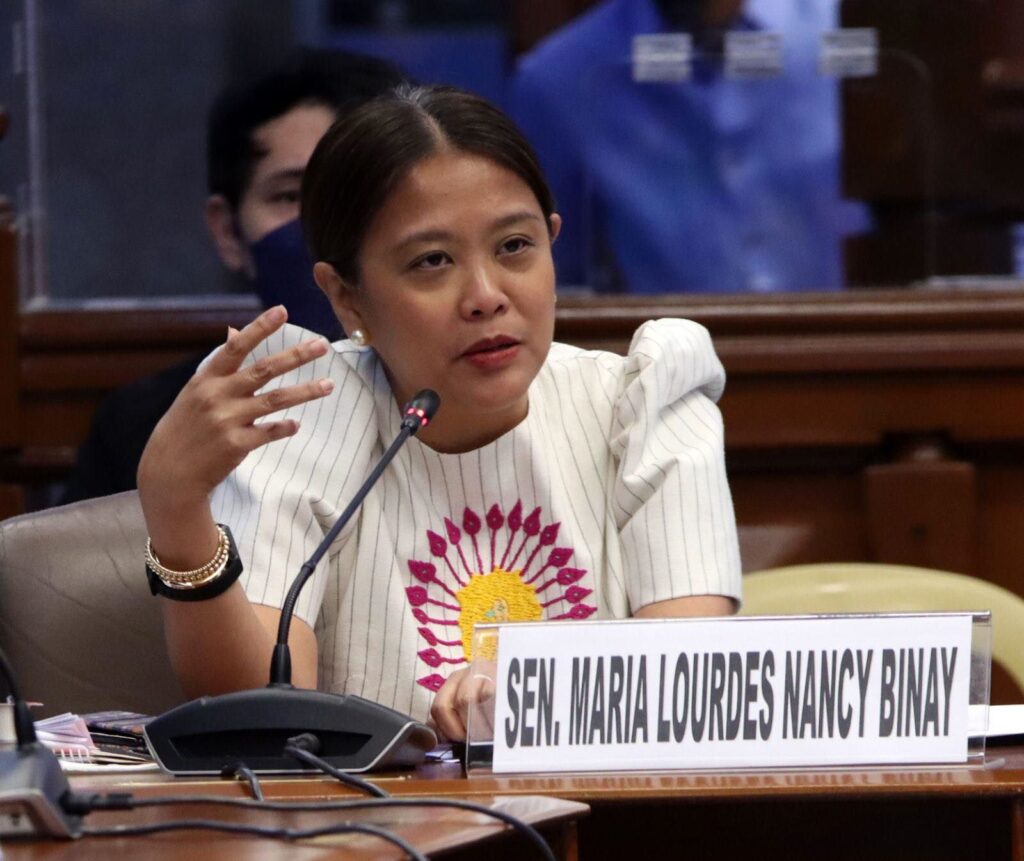
Sabi pa ni Binay kapag pinili ng pasahero ang online check-in, maari nang suriin ng awtoridad ang “profile” sa isang highly-secured database.
“With the advancement of technology in airports and the integrated immigration watchlist of governments, analytics or ‘risk scoring algorithms’ can be an extra safeguard to assess high-risk individuals based on a combination of factors like travel behavioral patterns, etc that would warrant further investigation. And since inter-agency naman ang konsepto ng international law enforcement on human trafficking, dapat predictive analytics and facial recognition na ang profiling ng mga byahero,” pagpupunto pa nito. Una nang idinahilan ng IACAT na ang paghingi sa Filipino travelers ng notarized documents ay para mapigilan ang “human trafficking.”
“These additional documents are coercive, restrictive and redundant. I hope the DOJ and BI can station immigration officers who are well-trained to interpret data contextually and make informed decisions based on the info at hand. Of course, human judgment is prone to mistakes, that’s why oversight is essential. Kaya dapat trained professional ang nasa frontlines to treat every traveler with respect and sensitivity, at magkaroon tayo ng mechanisms to address false positives to protect an individual’s rights,” diin pa ni Binay.
MOST READ
LATEST STORIES


